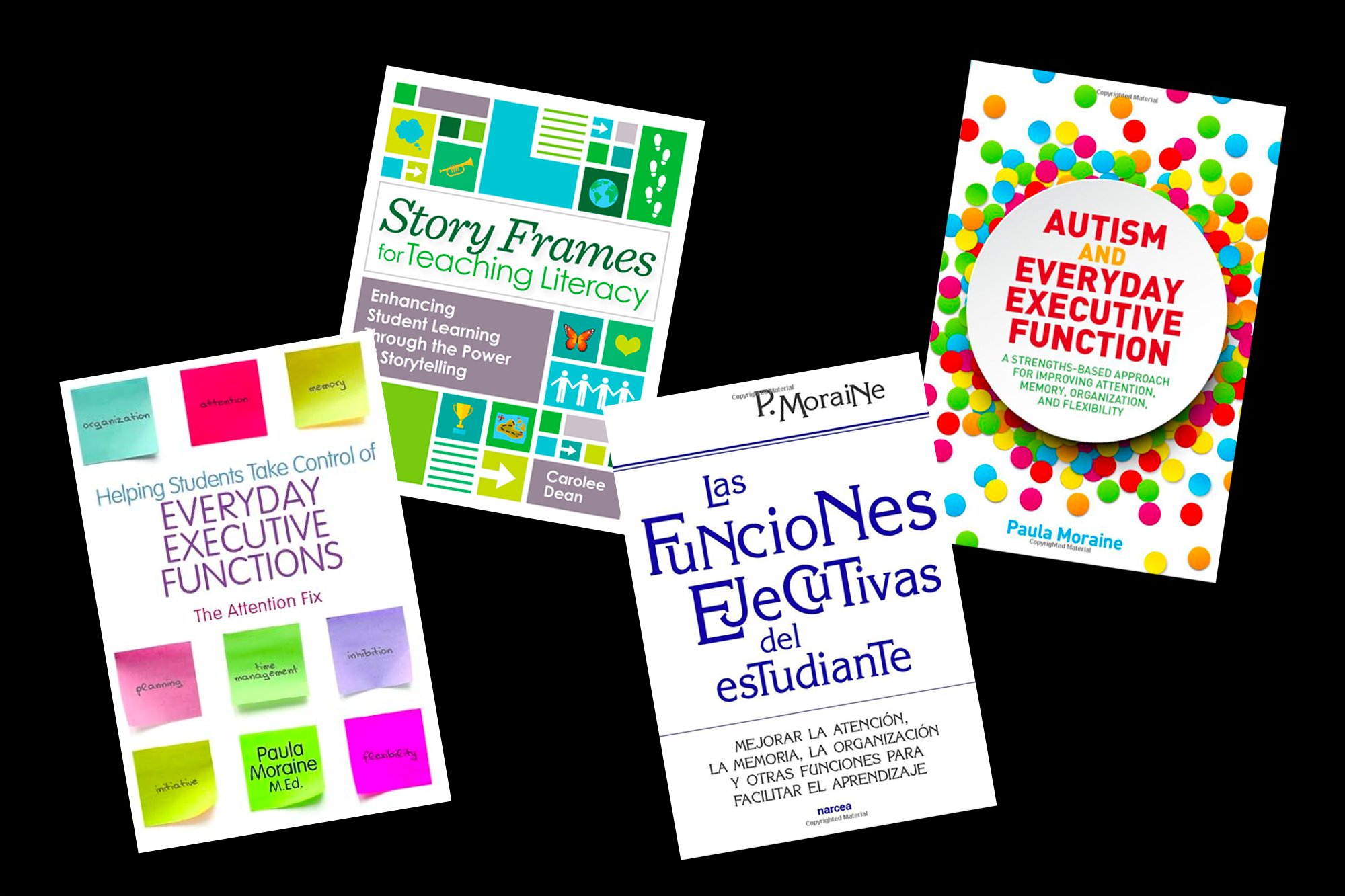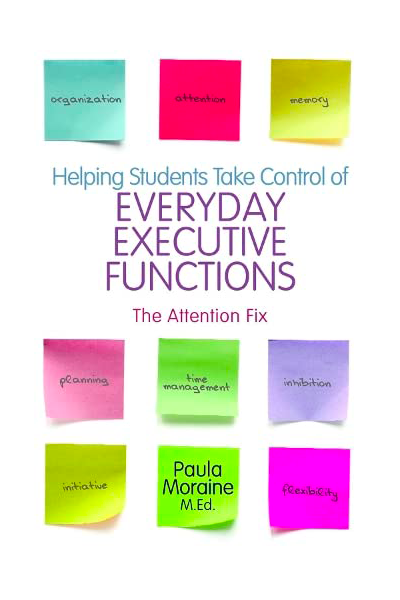
Helping Students Take Control of Everyday Executive Functions: The Attention Fix
This book presents an innovative model for supporting executive function in students with attention, memory, organization, planning, inhibition, initiative, and flexibility difficulties, including those with ADHD, ADD, autism spectrum disorders and related conditions.
The author advocates a student-centered approach in which educators first explore 8 key ‘ingredients’ with the student: relationships; strengths and weaknesses; self-advocacy and responsibility; review and preview; motivation and incentive; synthesis and analysis; rhythm and routine; and practice and repetition. She provides a step-by-step explanation of how these ‘ingredients’ can then be used in different ways and in different combinations to successfully address particular areas of difficulty.
The approach is clearly explained, and the book contains many useful examples, practical tips and strategies, suggested conversation starters, sample time management plans and other tools that can be adapted to meet the particular needs of individual students. Original and effective, the approach outlined in this book will be of interest to teachers and other professionals involved in supporting executive function in students of all ages, as well as parents and caregivers.
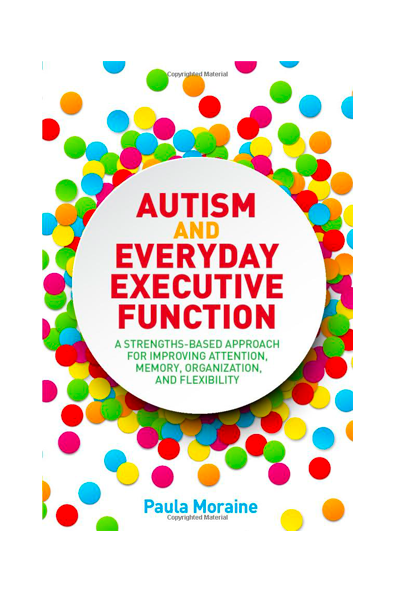
Autism and Everyday Executive Function
Understand and support executive function in individuals with Autism Spectrum Disorder (ASD) with this fully-explained, innovative model. Showing how to use an individual’s strengths to address executive functioning weaknesses, this approach will also help to build a strong foundation for social and communication skills.
Advocating a person-centered approach, the author describes the importance of identifying the individual’s preferred style of engagement and communication, and how sensory experiences impact their thoughts, feelings, and actions. She explains how to use this information to identify the individual’s strengths and weaknesses across eight key areas which are the building blocks of executive functions: attention; memory; organization; time management; initiative; behavior; goal setting and flexibility. These areas can be used daily to establish predictability and offer a foundation for interpreting, processing and understanding the world with flexibility. Professionals and parents can also use them as the basis of an Individualized Education Plan (IEP), or to create personalized interventions and support at school or at home.
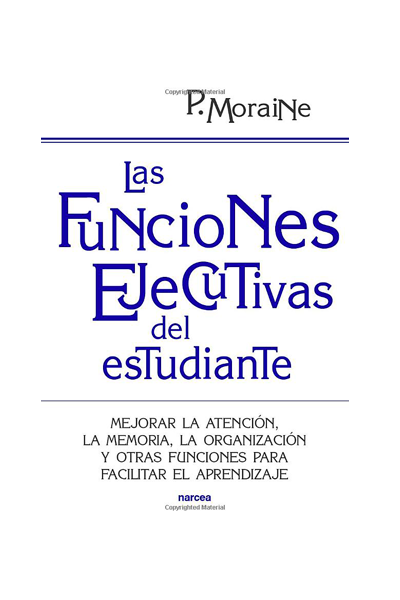
Helping Students Take Control of Everyday Executive Functions: The Attention Fix
Este libro presenta un modelo innovador para el fortalecimiento y el desarrollo de las principales funciones ejecutivas en cualquier estudiante como la atención, la memoria, la organización, la planificación, la iniciativa, la flexibilidad, el control de la conducta y el establecimiento de objetivos. La autora propone que los educadores exploren en los estudiantes los componentes clave que intervienen en todas las funciones ejecutivas como las relaciones con los demás y con uno mismo, los puntos fuertes y débiles, la autonomía y responsabilidad, la visión previa y la revisión, la motivación, los incentivos o el ritmo y la rutina en el trabajo. Proporciona explicaciones detalladas de cómo el educador y el estudiante pueden explorar y usar esos componentes de formas diferentes y en distintas combinaciones para mejorar con éxito áreas personales de particular dificultad. La obra ofrece una guía práctica para apoyar la evolución de estas funciones ejecutivas, animando a quienes estén ya preparados para desarrollar su autonomía a convertirse en más responsables del desarrollo de sus propias habilidades y potencialidades. Aporta muchos ejemplos útiles y estrategias prácticas probadas con éxito, modelos de planificación de gestión del tiempo y otras herramientas que el educador puede adaptar fácilmente para conocer las necesidades particulares y las capacidades de cada estudiante.
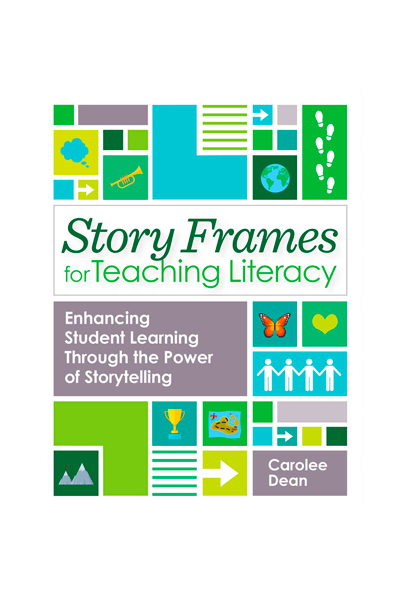
Story Frames for Teaching Literacy: Enhancing Student Learning Through the Power of Storytelling
Mastering the art of storytelling isn’t just a goal for professional writers. Analyzing and creating stories can boost critical literacy skills for all learners—and this comprehensive resource will show teachers and SLPs how.
Aligned with the science of reading, this innovative guidebook reveals how to unlock literacy and learning skills by captivating K–12 students with the power of stories: how they’re structured, how they reflect and change lives, and how students can create their own original narratives. Using dozens of diverse fiction and nonfiction books as vivid examples, you’ll discover how to teach 12 key story elements (Story Frames) in dynamic, fun, and highly visual ways, including Quick Draws, storyboards, and icons that make narrative structure easy to grasp. Then you’ll get in-depth guidance on how to use knowledge of story structure to build core literacy skills—from oral language to reading comprehension—and empower students to write their own personal stories in a variety of genres.Enhanced with more than 35 adaptable lesson plans and a complete package of online support materials, Story Frames is an accessible pathway to structured literacy that any educator can start using right away. You’ll use it year after year to strengthen your students’ skills and instill a lifelong love of reading and writing in every learner.


